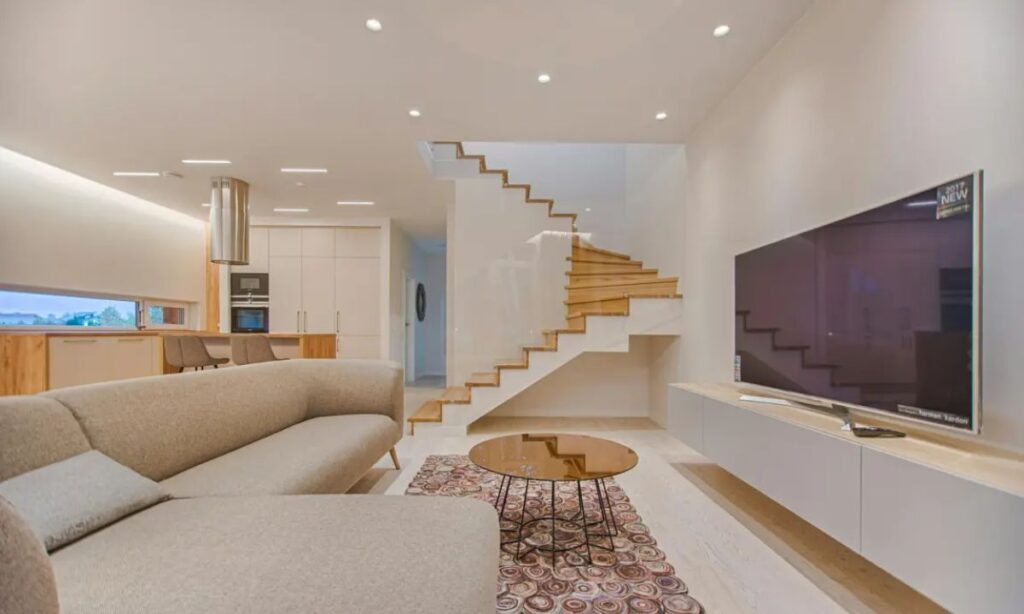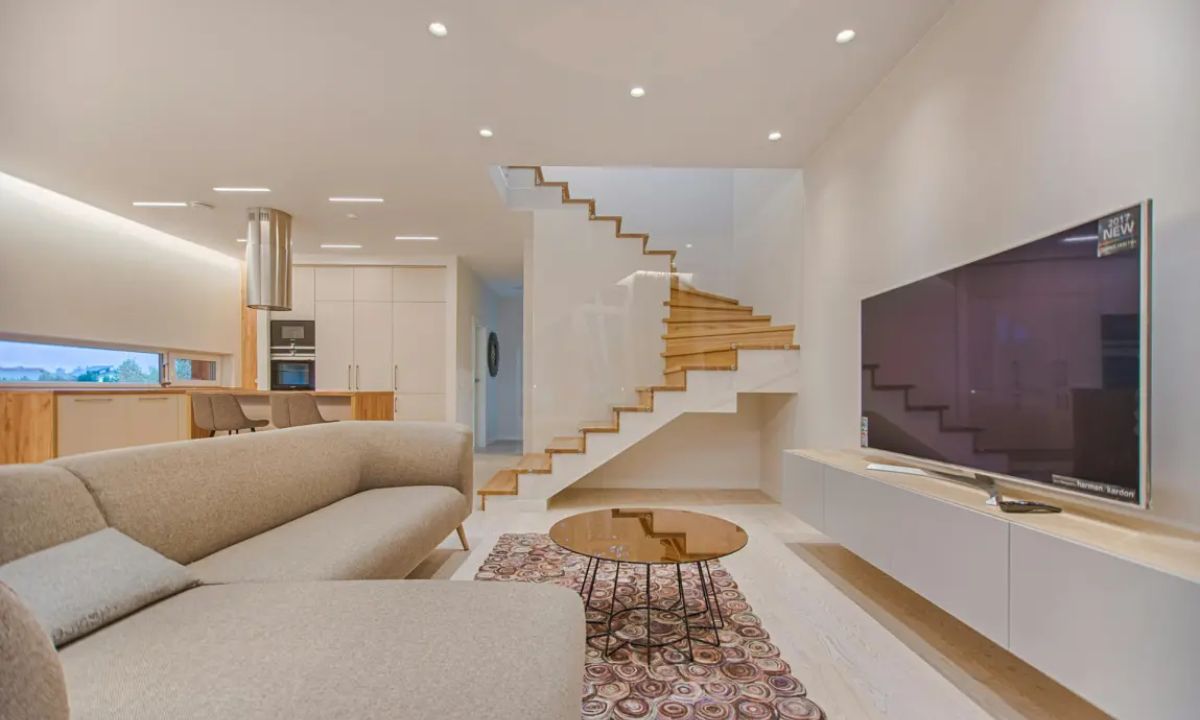In today’s luxury real estate market, homebuyers are increasingly attracted to apartments boasting high-end amenities such as clubhouses, gyms, lounges, and rooftop terraces. While these facilities elevate lifestyle and add resale value, they come at a cost — often reducing the actual private living space within apartments. This phenomenon is linked to the loading factor, an important yet often overlooked metric that buyers should understand before making their investment. This article breaks down what the loading factor is, why it matters, and how it varies across India’s top real estate markets.

What Is the Loading Factor?
The loading factor is the difference between the super-built-up area and the carpet area of an apartment. It essentially represents the percentage of space that is common and shared among all residents — such as elevators, lobbies, staircases, and amenities — compared to the actual usable living area inside the apartment.
- According to ANAROCK’s latest report, the loading factor has risen sharply in India’s major cities.
- Mumbai Metropolitan Region (MMR) has the highest loading factor at 43% as of Q1 2025.
- This means homebuyers get only about 60% of the total paid area as actual liveable space.
- Back in 2019, the loading factor averaged around 31%, highlighting a significant increase in recent years.
Why the Loading Factor Is Increasing
Developers are investing heavily in premium common facilities to meet evolving buyer expectations:
- Clubhouses with restaurants, lounges, and gyms
- Larger lobbies, enhanced fire safety infrastructure
- Pools, terraces, and other luxury amenities
While these features improve lifestyle quality and boost resale value, they inflate the overall cost of the apartment and reduce the private living area.
Jayesh Rathod, Co-founder and Director of The Guardians Real Estate Advisory, explains:
“Although apartments are sold based on RERA-defined carpet area, developers continue to increase common spaces to maximize approvals under rising FSI and premium charges, indirectly passing on these costs to buyers through a higher effective loading factor.”
City-wise Loading Factor Trends
| City | Loading Factor Q1 2019 | Loading Factor Q1 2022 | Loading Factor Q1 2025 | Notable Insights |
|---|---|---|---|---|
| Mumbai Metropolitan Region (MMR) | 33% | 39% | 43% | Highest loading factor among top cities |
| Delhi NCR | 31% | 37% | 41% | Significant rise over recent years |
| Pune | 32% | 36% | 40% | Trending upward similar to NCR |
| Kolkata | 30% | 35% | 39% | Moderate increase |
| Hyderabad | 30% | 33% | 38% | Gradual rise reflecting demand |
| Bengaluru | 30% | 32% | 36% | Slower increase, still significant |
| Chennai | 30% | 32% | 36% | Lowest rise; buyers prioritize usable space |
Chennai remains the exception where homebuyers tend to prefer paying more for private usable space rather than common areas.
What Homebuyers Should Keep in Mind
- Transparency Is Key: Developers must disclose the carpet area clearly, but buyers should also understand what percentage of the super-built-up area goes to common spaces.
- Compare Projects: Look at the loading factor to assess if the price matches the livable space.
- Amenities Impact Cost: More amenities mean a higher loading factor, which can increase your effective price per square foot.
- Negotiate Wisely: Understanding loading factors gives you leverage in negotiations and helps avoid surprises at closing.
Summary Table: Quick Facts on Loading Factor in Indian Cities (Q1 2025)
| Fact | Detail |
|---|---|
| Highest loading factor | 43% in Mumbai Metropolitan Region |
| Average livable space | Approximately 60% of total paid area |
| Loading factor rise since 2019 | From ~31% to 36-43% depending on city |
| Regulation | RERA mandates carpet area disclosure, but no loading factor limits |
| Impact | Higher cost per square foot and less private living space |
FAQ Section
1. What is the loading factor in real estate?
The loading factor is the difference between the super-built-up area and carpet area, representing common/shared space included in the total cost.
2. Why does the loading factor matter to homebuyers?
It affects how much actual living space you get compared to the total area you pay for, influencing value for money.
3. Are loading factors regulated by law in India?
RERA mandates carpet area disclosure but does not currently limit the loading factor, leaving room for variability.
4. Which Indian city has the highest loading factor?
Mumbai Metropolitan Region (MMR) has the highest loading factor at 43% as of early 2025.
5. How can buyers protect themselves from paying too much for common areas?
Buyers should request clear carpet area disclosures, compare loading factors across projects, and understand how amenities impact the effective price.
